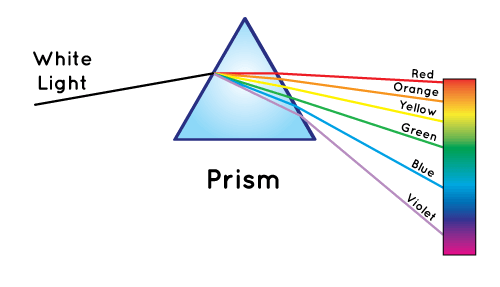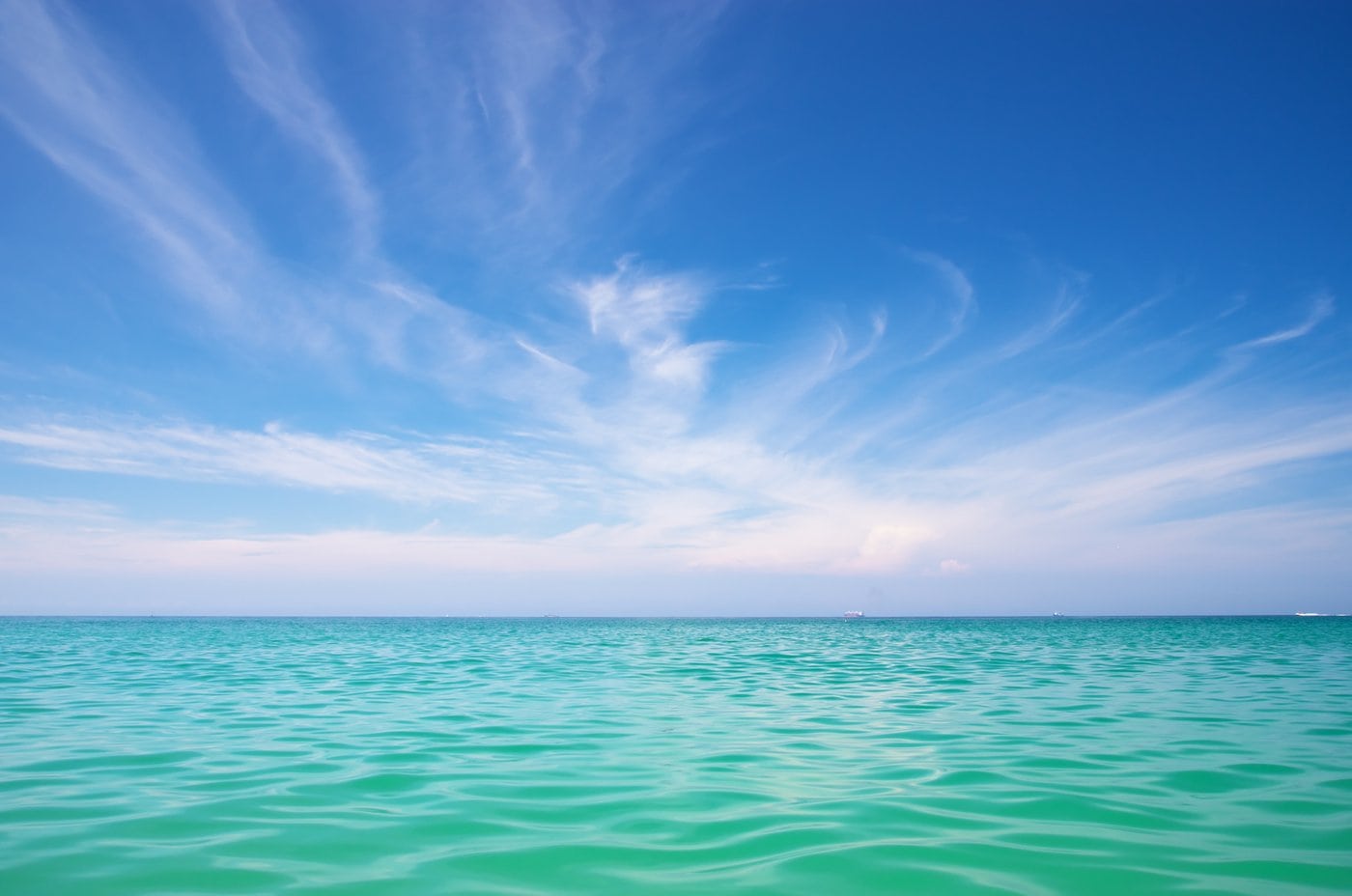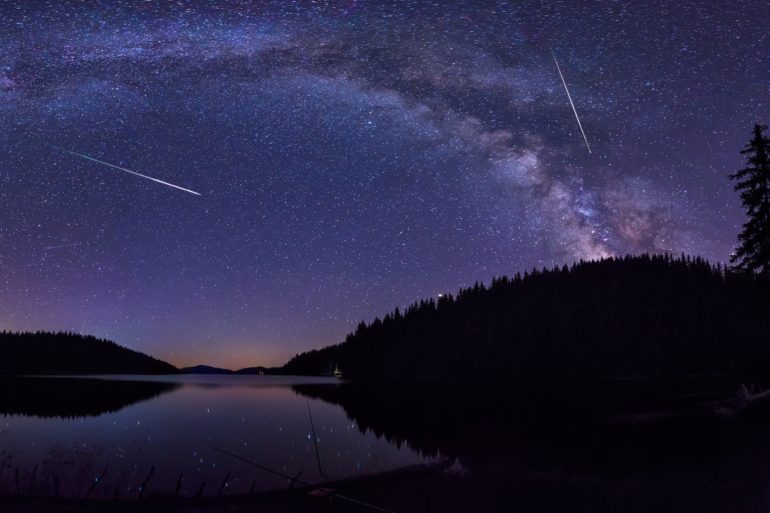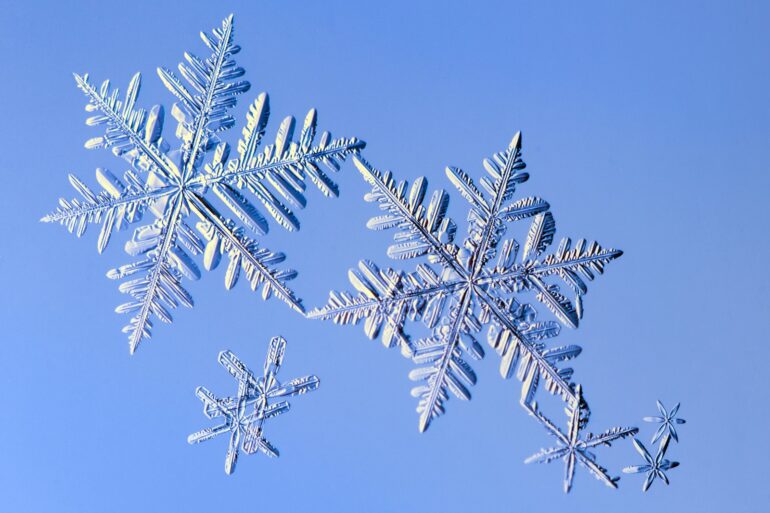Why is the sky blue?
It’s a basic question, but I still don’t know even though I see it almost every day: Why is the sky blue?
Mr Blue Sky
It’s because “Mr Green Sky” wouldn’t have worked for ELO.
Well, even though that’s true, that’s not the reason. As per usual, we turn to science for our answer… after this video break.
Blue’s clues
The sun acts as a black-body radiator (the glow of a body with no color of its own), and gives off what we humans perceive as white light — a color temperature of about 5,780 Kelvin, which is actually a bit to the reddish-pink side, but close enough for government work.
Now, this white light, as you may or may not remember from your high school physics, is made up of all the other colors of light mixed together — the principle of additive color. This is, of course, the opposite of mixing inks or pigments together — which theoretically gives you black, but generally results in a dark gray.

Anyway, this combination of light colors we call white light smacks into the earth’s atmosphere, and a funny thing happens — most of the colors that make up the white sunlight pass through the atmosphere without too much incident — except for blue light.
It turns out the molecules of nitrogen and oxygen (that make up most of our air) tend to scatter blue light more than any other color. It is this scattering effect — known as Rayleigh scattering — that gives the daytime sky its blue color.
Here’s a quick video animation of that scattering concept:
https://www.youtube.com/watch?v=twSg2zbjjnA
It’s not always blue
So why, you may ask, does the sun turn the sky red and orange at sunrise/sunset?
As the sun heads toward the horizon in the late afternoon and evening, the blue light is scattered away from our line of sight, passing through more of the atmosphere to reach our eyes. With more scattering, the reds and yellows get through more, and create the beautiful warm tones we see in the early morning and early evening.
And then, as NASA explains, there’s the pollution. “Sometimes the whole western sky seems to glow. The sky appears red because small particles of dust, pollution, or other aerosols also scatter blue light, leaving more purely red and yellow light to go through the atmosphere.” In fact, some of the most spectacularly dramatic sunsets appear after a fire, when the air is filled with ash.








